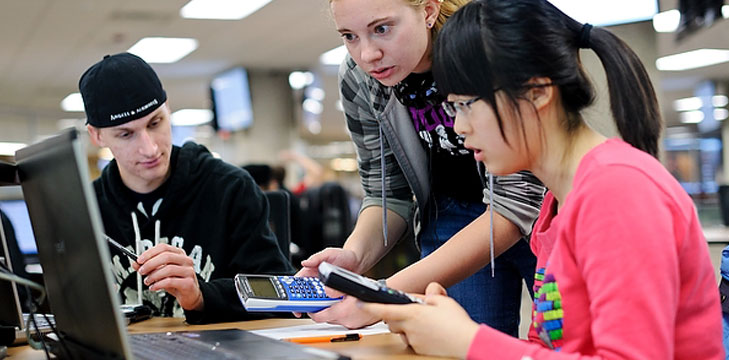This weekly digital resources post focuses on digital for education. So, enjoy these resources about eLearning, serious games and social media.
Some white papers on eCampusNews about eLearning, student engagment, LMS, learning and mobility.
Sahana Chattopadhyay writes a very inspiring article “Uberizing Organizational Learning – Thinking Beyond Courses“. It correlates some “Uber elements” to education and call to actions:
- Take a mobile-first approach
- Build communities
- Curate from existing sources
- Build a culture of feedback
- Make it an ongoing effort
On the elearningindustry.com blog, John Unger provides 7 eLearning Games And Apps That Make Students Think Out Of The Box. They are very useful resources, because it exists plenty of “serious games” and “edugames”, but only few of them are of quality. The author writes:
the games that really do hit the mark with teens and other students […] manage to combine educational elements, with high quality graphics, smart writing and direction, and realistic game play
Indeed, children and teens enjoy a lot playing “pure” video games because of these criteria:
- high-level graphics, sounds and animation
- strong scenario
- fascinating characters
- and engaging gameplay
Then, this is not easy to combine them with educational or learning content… unless to provide big (huge) fundings like in the current video games industry.
The Elucidat blog talks about 3 reasons why bite-sized elearning is important:
1. It takes less time to consume and is more flexible
=> Target short sessions of 10-15 minutes.
2. Interactive and short sessions suit modern learners
=> According to recent studies, current and next generations have their span attention decreasing. So, design your course content with interaction and various media in order to make learners active.
3. Demand for mobile learning is growing
=> To read, watch videos or even to interact with smartphone or tablet (touch keyboard, small screen) in a mobility situation requires strong focus. So, the smaller learning content is, the more learners enjoy doing it.
How To Use Social Media As Learning Tools
Interesting article written by Stephanie Norman. Through 5 ‘Social Media‘ (even if blogging can be considered as out of scope), she provides concrete examples of how to make students having fun by using them:
- Create a Facebook group for your class
- Use blogging for students’ homework assignments
- Use Twitter for bringing fun into the classroom
- Pinterest for pinning educational resources
- Use YouTube for the flipped classroom concept
